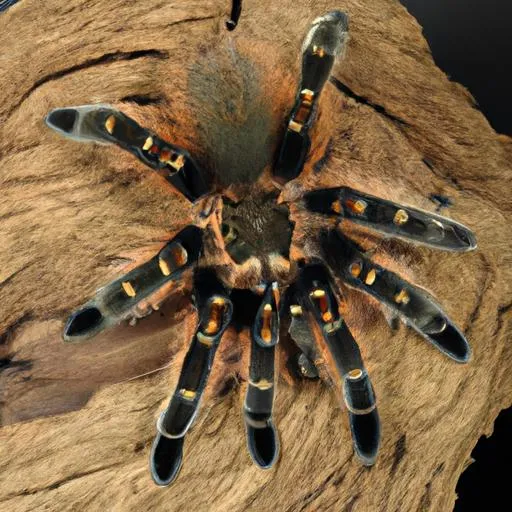The Curly Hair Tarantula, scientifically known as Tliltocatl albopilosus, is a captivating species, beloved by both experienced arachnid enthusiasts and those new to the world of tarantulas. Its docile nature, combined with its striking appearance marked by a coat of dark brown hairs and characteristic golden ‘curly’ setae, makes it a popular choice as a pet. But beyond its aesthetic appeal lies a fascinating natural history, particularly its habitat. Understanding the Curly Hair Tarantula’s natural environment provides essential insights into its care and behavior, helping owners to create the most suitable and enriching environment for their pet.
Origin and Natural Habitat
The Curly Hair Tarantula is native to the tropical rainforests of Central America, specifically Costa Rica. The species thrives in a warm, humid environment where it can burrow and find ample food. The natural habitat is crucial in determining its behaviors and needs, offering a blueprint for providing optimal care in a captive setting. Its adaptability is notable, but replicating its natural surroundings is critical for a happy and healthy tarantula.
The Rainforests of Costa Rica
The rainforests of Costa Rica are the primary habitat for the Curly Hair Tarantula, providing a rich and diverse ecosystem. This ecosystem provides the perfect conditions for these creatures to thrive. The lush vegetation, constant humidity, and a wide variety of insects create a perfect environment for this tarantula. The rainforests are characterized by dense foliage, high rainfall, and consistent temperatures. The combination of these elements provides shelter, food, and the moisture the Curly Hair Tarantula requires to survive and flourish. It’s in this environment that the tarantula has evolved its distinctive characteristics and behaviors.
Temperature and Humidity
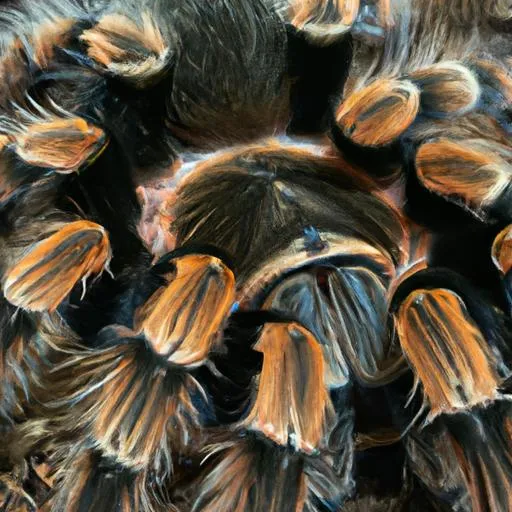
In its natural habitat, the Curly Hair Tarantula experiences relatively stable temperatures and high humidity levels. Temperatures generally range between 75°F and 85°F (24°C and 29°C), while humidity levels are consistently high, often exceeding 70%. These consistent conditions are crucial for the tarantula’s health, facilitating proper molting, hydration, and overall well-being. The species has adapted to these conditions, and deviations can cause stress and health problems. When replicating these conditions in captivity, it is important to use a thermometer and hygrometer to monitor the environment.
Burrowing Behavior
Curly Hair Tarantulas are burrowing spiders by nature. In their natural environment, they excavate burrows in the forest floor, seeking shelter and protection from predators. These burrows provide a safe haven from the elements and serve as a place for them to molt, rest, and ambush prey. The burrowing behavior is a fundamental aspect of their natural behavior, and it’s essential to provide a substrate deep enough for them to create a burrow in captivity. Without the ability to burrow, a Curly Hair Tarantula can become stressed and show signs of anxiety.
Topography and Vegetation
The topography and vegetation of the Costa Rican rainforest play a vital role in the Curly Hair Tarantula’s life. The forest floor, covered with a layer of leaf litter, provides camouflage and a source of food in the form of insects and decaying organic matter. The dense vegetation offers additional shelter and protection. The presence of trees and other plants also contributes to the high humidity levels. Understanding the topography and vegetation in their native habitat gives a clear picture of their life in the wild, helping to better understand their needs and behaviors.
What Do Curly Hair Tarantulas Eat?
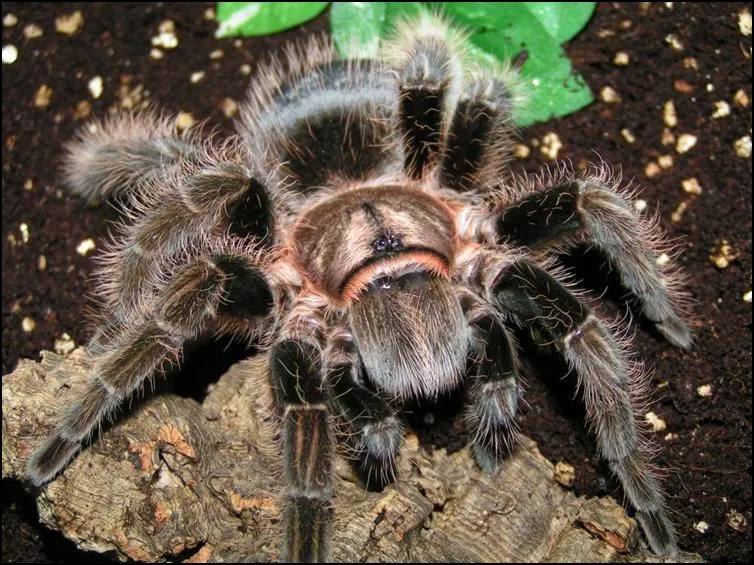
The Curly Hair Tarantula’s diet in the wild consists primarily of insects and other small invertebrates. As opportunistic predators, they will consume whatever they can catch, making them a crucial component of their ecosystem. The availability and variety of food sources in their natural habitat affect their growth, health, and reproductive success. Understanding their diet is essential for providing proper nutrition in captivity, ensuring they receive a balanced diet that mirrors what they would naturally consume.
Insects and Arachnids
Insects and other arachnids are the primary food source for Curly Hair Tarantulas in their natural habitat. They feed on a variety of insects, including crickets, beetles, and other smaller spiders. These tarantulas are ambush predators, relying on their camouflage and quick reflexes to capture their prey. The availability and diversity of insects in the Costa Rican rainforest ensures a steady food supply for the tarantulas. The tarantula’s diet is protein-rich and diverse, contributing to their growth and overall health.
Feeding Habits and Frequency
In the wild, the frequency of feeding for Curly Hair Tarantulas is dictated by prey availability and their own activity levels. They typically feed whenever the opportunity arises, ambushing their prey when it comes within striking distance. The amount they eat varies depending on the size and stage of the tarantula, as well as the size of the prey. They can often go for extended periods without eating, especially when molting or preparing for a molt.
Water and Hydration
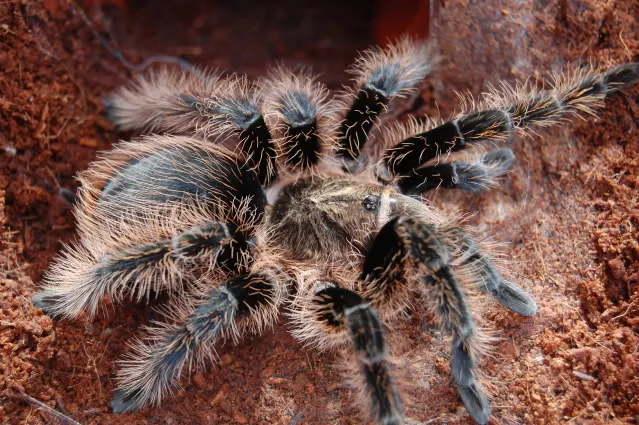
Hydration is crucial for the Curly Hair Tarantula’s survival, with the environment providing the moisture needed. They obtain water from their food, as well as from dew drops and the high humidity in their habitat. They are often seen drinking water droplets from surfaces. Maintaining the right hydration level in captivity is critical to ensure their well-being and proper molting. Providing a shallow water dish is one way to ensure your tarantula can stay hydrated.
Environmental Threats
The Curly Hair Tarantula, like many species, faces environmental threats. These threats endanger their survival and the integrity of their natural habitat. Habitat destruction, predation, and the impact of climate change are significant concerns. Understanding these threats is important for the conservation of this species and the preservation of its natural environment. Education and conservation efforts can play a key role in mitigating these environmental impacts.
Habitat Destruction
Habitat destruction, primarily due to deforestation, is a major threat to Curly Hair Tarantulas. As the rainforests of Costa Rica are cleared for agriculture, logging, and development, the tarantulas lose their homes and their access to food and shelter. Habitat loss leads to population decline and reduced biodiversity. Conservation efforts are essential to protect and restore these crucial ecosystems.
Predators in the Wild
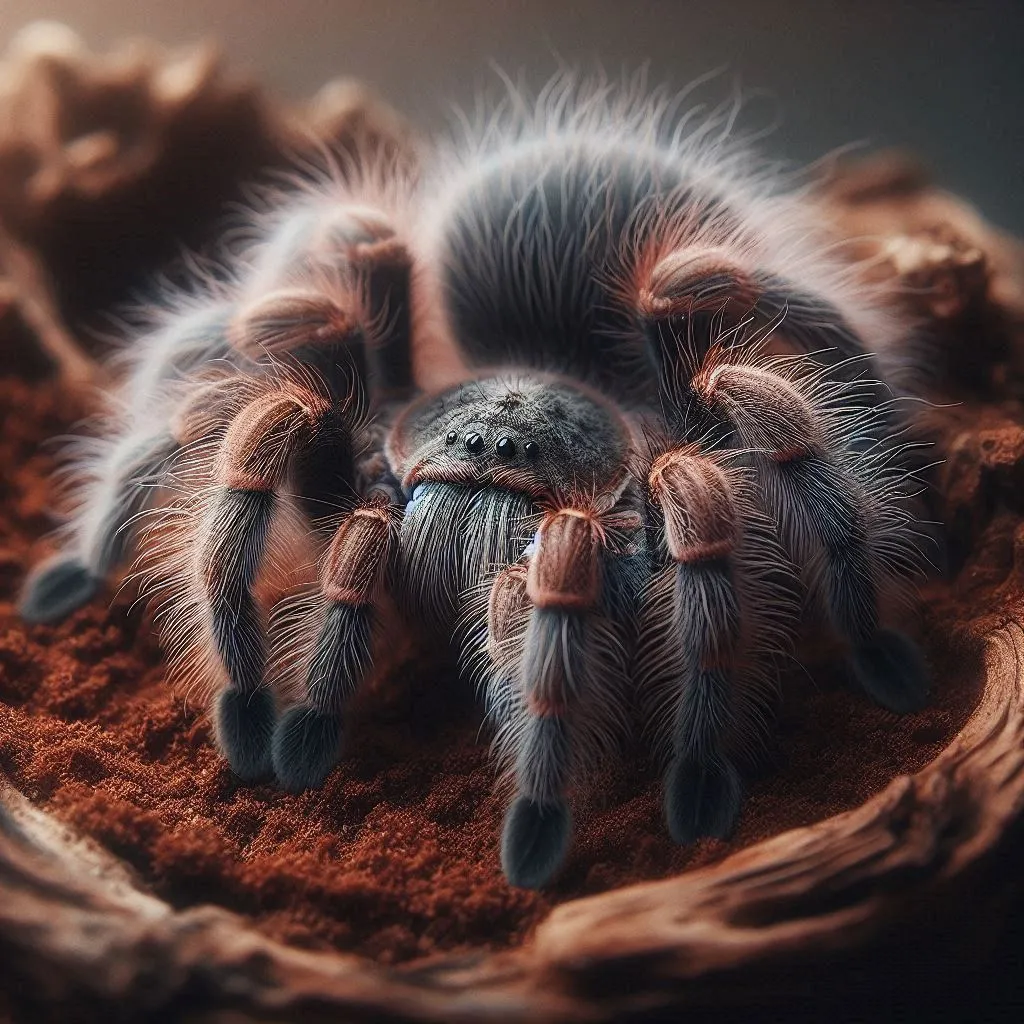
In their natural habitat, Curly Hair Tarantulas face various predators, including birds, snakes, and larger arachnids. These predators can significantly impact their survival. The tarantulas have developed defense mechanisms, such as their ability to flick urticating hairs, to deter potential threats. Their burrowing behavior also helps them avoid predators by providing a safe retreat.
Conservation Status
The Curly Hair Tarantula is not currently classified as endangered, but habitat destruction and the pet trade still pose a threat to their populations. Monitoring their population and habitat is essential to ensure their long-term survival. Conservation efforts are crucial to protect their natural habitat. Sustainable practices and awareness are keys to preserving this species.
Caring for a Curly Hair Tarantula in Captivity
Providing the correct environment is essential for the health and well-being of Curly Hair Tarantulas in captivity. Replicating their natural habitat as closely as possible is key to their survival. Key aspects of their care include setting up the right enclosure, providing a suitable substrate, and maintaining the right temperature and humidity levels. Understanding their needs helps to ensure these fascinating creatures thrive.
Creating the Ideal Enclosure
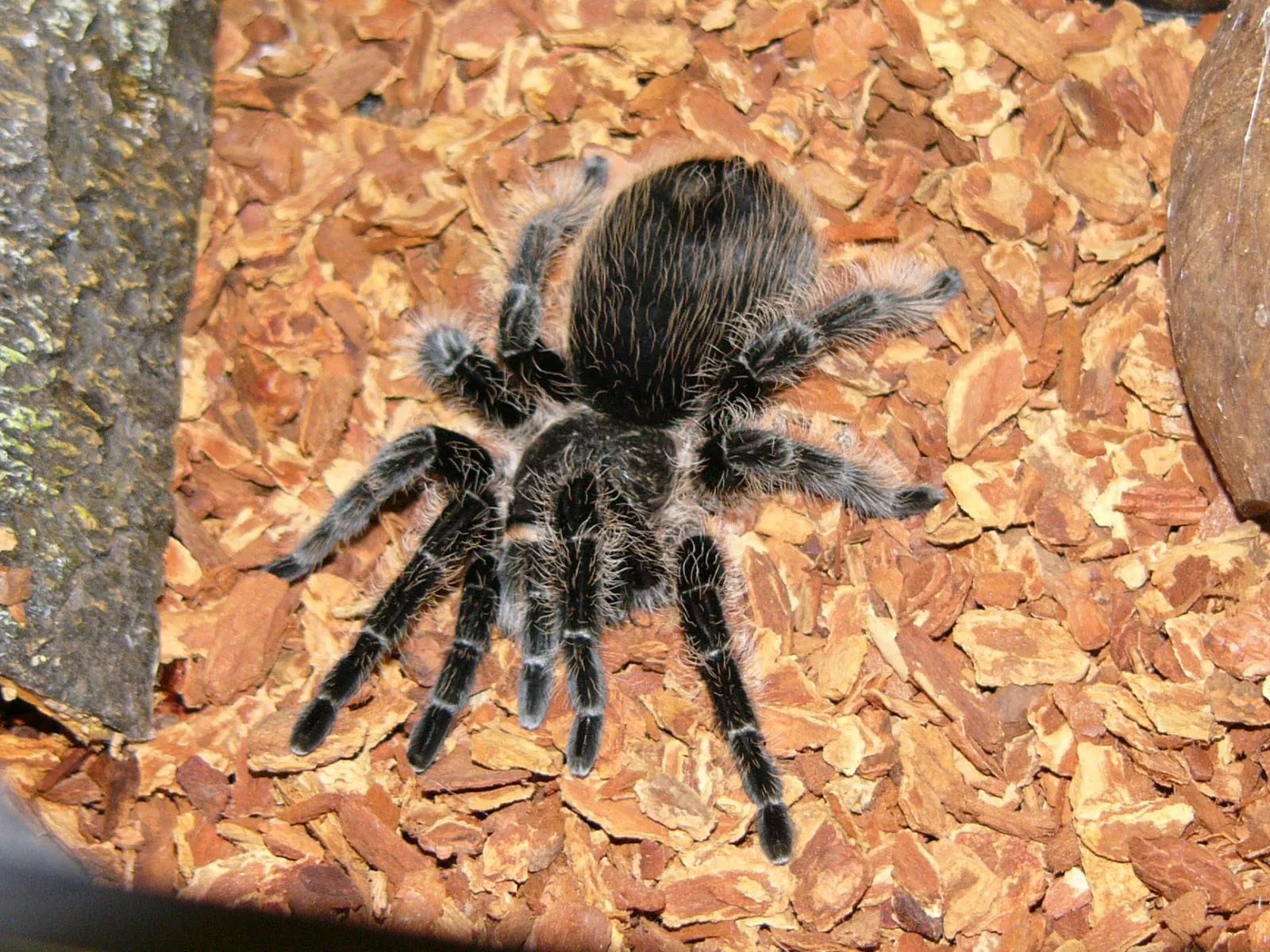
The ideal enclosure for a Curly Hair Tarantula should be appropriately sized, well-ventilated, and secure. A ten-gallon tank is suitable for juveniles, while larger specimens will need a larger enclosure. The enclosure should have a secure lid to prevent escapes. The depth of the enclosure is very important because it gives the tarantula enough room to burrow. It is important to choose a container that allows for proper humidity and temperature regulation.
Substrate and Furnishings
The substrate should be a mixture of peat moss, coconut fiber, and vermiculite. This combination holds moisture, allows burrowing, and helps maintain humidity. Adding decorations such as cork bark, artificial plants, and hiding places, creates a more natural environment and allows the tarantula to feel secure. A water dish should always be available. These furnishings help to mimic their natural habitat.
Maintaining the Right Environment
Maintaining the correct temperature and humidity levels is vital for the health of your Curly Hair Tarantula. The temperature should be between 75°F and 85°F (24°C and 29°C). Humidity should be between 65% and 75%. A hygrometer is a valuable tool for monitoring humidity levels. Misting the enclosure lightly once or twice a week will help maintain humidity. Proper ventilation is also crucial to prevent the growth of mold and fungi.
Final Thoughts
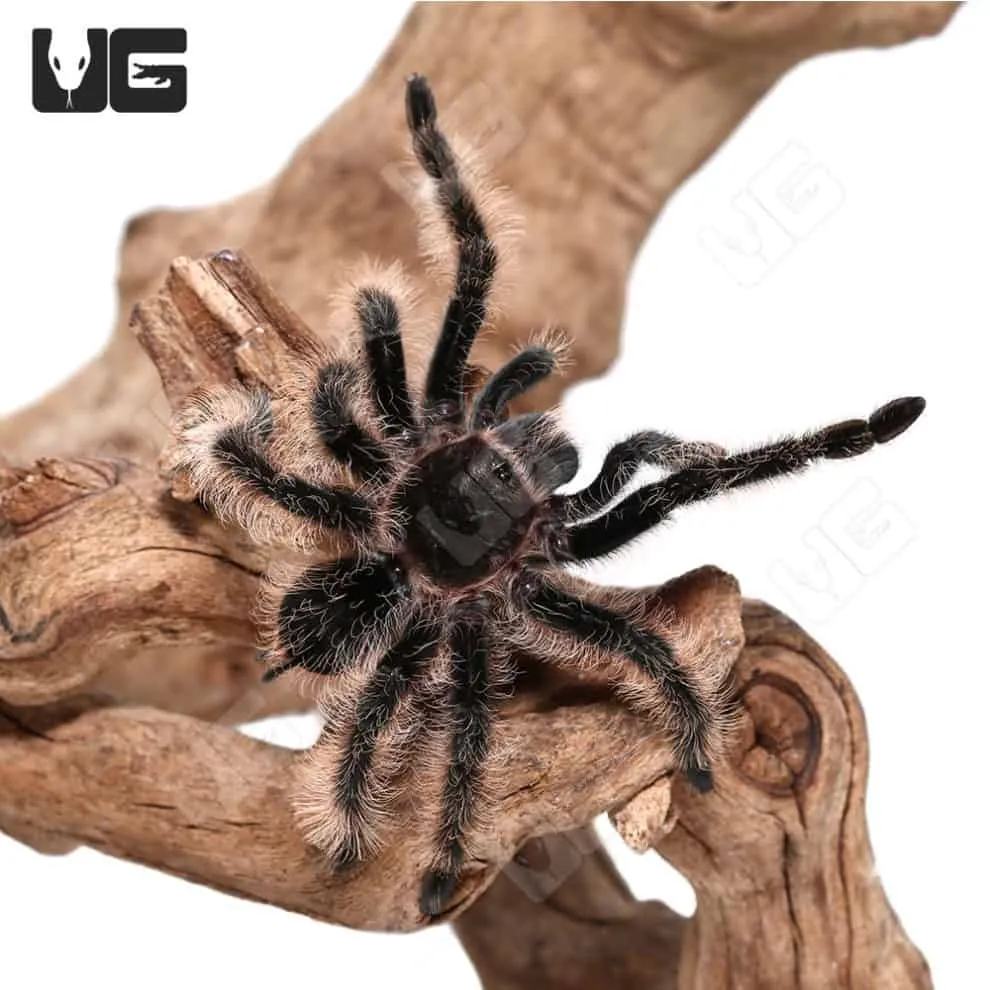
Understanding the natural habitat of the Curly Hair Tarantula is crucial for providing proper care in captivity. By replicating the conditions they experience in the rainforests of Costa Rica, owners can ensure these fascinating creatures thrive. From creating the right enclosure to maintaining the appropriate temperature and humidity levels, every aspect of their care should be influenced by their natural environment. This approach not only improves their well-being but also allows for a more enriching and rewarding experience for the tarantula owner. By learning more about the Curly Hair Tarantula habitat, owners can become better caretakers and develop a deeper appreciation for these amazing creatures.
